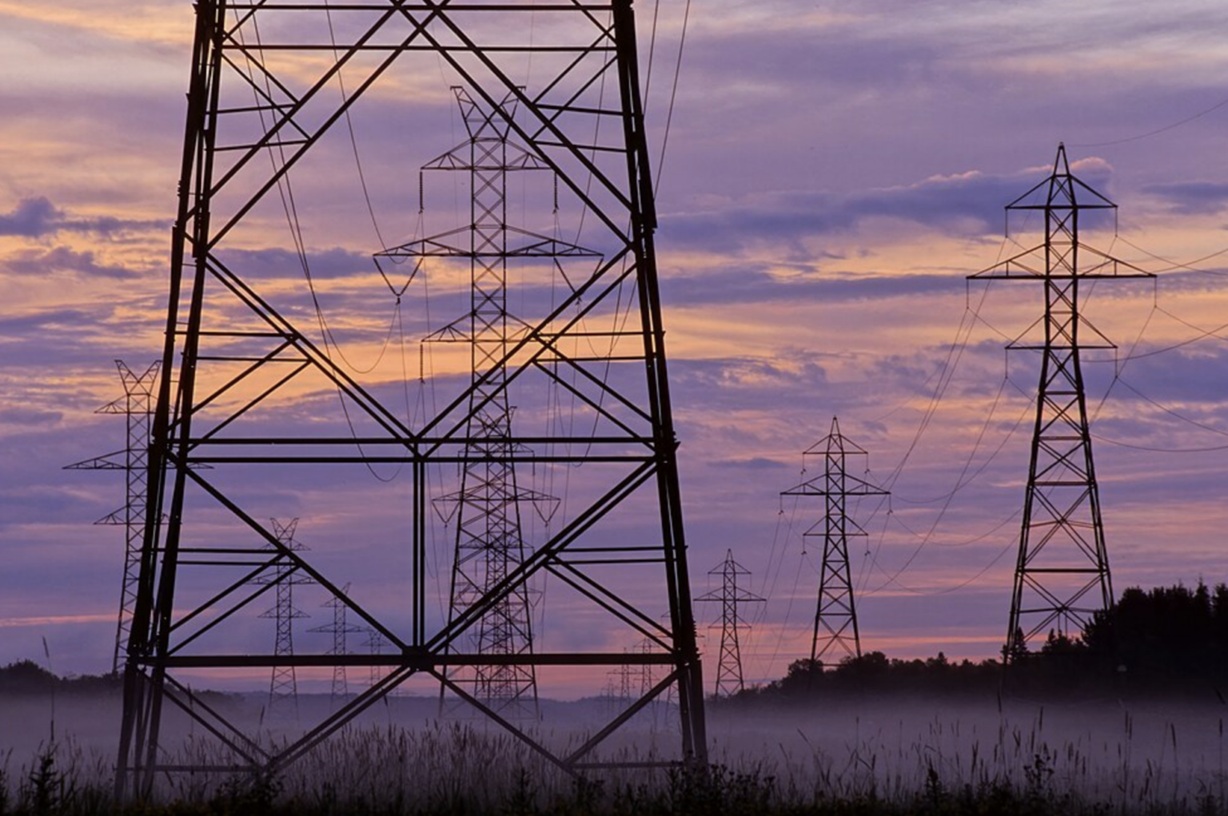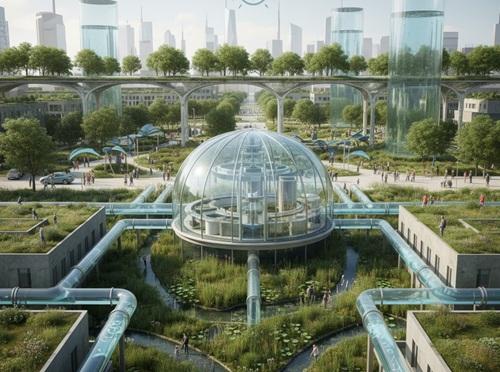Prescribed Burn Planned to Help Restore Native Grasslands on Austin’s Water Quality Protection Lands – AustinTexas.gov

Report on Prescribed Burn Initiative for Sustainable Land and Water Management
Executive Summary
On Tuesday, August 5, the Austin Water Wildland Conservation Division is scheduled to conduct a prescribed burn on approximately 190 acres of the Water Quality Protection Lands (WQPL). This strategic land management action is a critical component of a broader program managing over 35,000 acres to protect the quality and quantity of water recharging the Edwards Aquifer. The initiative directly supports several United Nations Sustainable Development Goals (SDGs) by enhancing water security, promoting biodiversity, and increasing community resilience to climate-related disasters.
Alignment with Sustainable Development Goals (SDGs)
The prescribed burn program is a proactive measure that aligns with global sustainability targets. Its objectives and outcomes contribute directly to the following SDGs:
- SDG 6: Clean Water and Sanitation: The primary goal is to safeguard the Edwards Aquifer, a vital water source for Barton Springs and groundwater wells in Hays and Travis Counties. By reducing invasive brush and promoting native grasslands, the burn optimizes the quality and quantity of water recharging this critical aquifer, ensuring the sustainable management of water resources.
- SDG 15: Life on Land: This initiative serves to protect and restore terrestrial ecosystems. The burn mimics natural fire cycles, which enhances biodiversity in native grass and wildflower communities. It also improves habitats for local wildlife, such as grassland birds like quail and northern harrier hawks, by creating open spaces for nesting and feeding.
- SDG 11: Sustainable Cities and Communities: By systematically reducing flammable brush, the prescribed burn mitigates the risk of destructive wildfires. This action protects human communities, infrastructure, and cultural and natural heritage from disaster, making the region more resilient and sustainable.
- SDG 13: Climate Action: The program is a key climate adaptation strategy. It strengthens the resilience of local ecosystems to climate-related hazards such as drought and extreme weather events that can lead to uncontrolled wildfires. Well-managed landscapes are better equipped to handle environmental stressors.
Operational Details and Safety Protocols
The operation is executed with a paramount focus on safety and efficacy, managed by a coalition of highly trained professionals.
- Execution Team: The burn is conducted by a collaborative team including Austin Water staff, city and county fire departments, and experts from federal, state, and local land management agencies.
- Safety Standards: All personnel meet rigorous requirements for training, physical fitness, and personal protective equipment.
- Controlled Conditions: Each burn is governed by a strict “prescription” that accounts for specific weather parameters, including wind and precipitation, to ensure the fire remains controlled and achieves its ecological objectives safely.
- Area of Impact: Smoke from the controlled burn, scheduled from 10 a.m. to sunset, may be visible in areas northeast of RR 3237, north of FM 150, south of FM 967, and west of FM 1626 and FM 2770. It may also be seen along the I-35 corridor between South Austin and Kyle, and in areas between Dripping Springs and Wimberley.
Public Engagement and Communication
Austin Water is committed to transparent communication with the public and local residents before and during each prescribed burn event.
- Advance Notifications: The public and nearby residents will receive notifications, including maps of the specific burn location, prior to the event.
- Email Alerts: Interested parties can sign up to receive direct email notifications for prescribed burns at https://bit.ly/rxburnnotification.
-
Real-Time Updates: Regular updates will be posted on Austin Water’s official social media channels:
- Facebook: facebook.com/AustinWater
- X (formerly Twitter): x.com/AustinWater
SDGs Addressed in the Article
-
SDG 6: Clean Water and Sanitation
The article’s central theme is the protection of water resources. The prescribed burn is conducted on “Water Quality Protection Lands (WQPL)” with the explicit goal “to benefit the quality and quantity of water recharging the Edwards Aquifer” and “protect groundwater in Central Texas.” This directly aligns with ensuring the availability and sustainable management of water.
-
SDG 11: Sustainable Cities and Communities
The initiative is led by a city entity, Austin Water, to make the surrounding area safer and more resilient. The article states that prescribed burns “serve both natural landscapes and human communities by reducing the potential for destructive wildfires.” This is a clear example of a local government implementing a disaster risk reduction strategy to protect its community.
-
SDG 15: Life on Land
The article details the management of terrestrial ecosystems. It describes managing “more than 35,000 acres” to “reduce brush and promotes grasslands,” which improves land health and resiliency. Furthermore, it highlights positive impacts on biodiversity, noting that “wildflowers and native grass communities experience greater biodiversity” and that “Grassland birds like quail and northern harrier hawks benefit from open habitat.”
Identified SDG Targets
-
SDG 6: Clean Water and Sanitation
- Target 6.5: Implement integrated water resources management at all levels. The article demonstrates this through the collaborative approach involving “Austin Water staff, city and county fire departments, and federal, state, and local land management agencies” all working together to manage the lands that protect the aquifer.
- Target 6.6: Protect and restore water-related ecosystems. The entire “Water Quality Protection Lands (WQPL) program” is a direct effort to protect and restore the ecosystem (grasslands on the WQPL) that is vital for the health of the Edwards Aquifer.
-
SDG 11: Sustainable Cities and Communities
- Target 11.5: Significantly reduce the number of deaths and people affected by disasters. The article explicitly mentions that a key benefit of the prescribed burn is “reducing the potential for destructive wildfires,” which is a direct action to mitigate a natural disaster risk for the community.
-
SDG 15: Life on Land
- Target 15.1: Ensure the conservation, restoration and sustainable use of terrestrial and inland freshwater ecosystems. The program sustainably manages 35,000 acres of land to restore and promote grasslands, which is a key terrestrial ecosystem for the region’s water supply.
- Target 15.3: Combat desertification, restore degraded land and soil. The article states that prescribed burns “improve the resiliency of our land” and are used to “reduce brush and promotes grasslands,” which is a method of restoring land from a less productive state (brush) to a more beneficial one (grassland).
- Target 15.5: Take urgent action to reduce the degradation of natural habitats and halt the loss of biodiversity. The article notes that after the burns, “Wildland Conservation staff have seen wildflowers and native grass communities experience greater biodiversity” and that specific wildlife like “quail and northern harrier hawks benefit.”
Implied Indicators for Measurement
-
SDG 6: Clean Water and Sanitation
- Indicator 6.6.1: Change in the extent of water-related ecosystems over time. The article provides a baseline with the mention of “more than 35,000 acres” of Water Quality Protection Lands. Progress can be measured by monitoring the health and quality of these specific lands and the water they help recharge.
-
SDG 11: Sustainable Cities and Communities
- Indicator 11.b.1: Number of local governments that have adopted and implemented local disaster risk reduction strategies. The article itself is evidence of the City of Austin implementing such a strategy (the prescribed burn program) to reduce wildfire risk.
-
SDG 15: Life on Land
- Indicator 15.1.1: Forest area as a proportion of total land area (adapted to grassland). The article mentions the specific area of the burn (“approximately 190 acres”) and the goal of promoting grasslands. Progress could be measured by tracking the proportion of the 35,000 acres that is successfully converted to or maintained as healthy grassland.
- Indicator 15.1.2: Proportion of important sites for terrestrial biodiversity that are covered by protected areas. The “35,000 acres of the Water Quality Protection Lands” represent a quantifiable protected area for local biodiversity.
- Indicator 15.5.1: Red List Index. While not mentioning the index, the article implies this type of measurement by noting the benefits to specific species like “quail and northern harrier hawks.” Monitoring the population health and trends of these and other native species would serve as an indicator of success in halting biodiversity loss.
Summary Table: SDGs, Targets, and Indicators
| SDGs | Targets | Indicators |
|---|---|---|
| SDG 6: Clean Water and Sanitation | 6.6: Protect and restore water-related ecosystems. | Extent of water-related ecosystems: The article specifies the program manages “more than 35,000 acres” of Water Quality Protection Lands to protect the Edwards Aquifer. |
| SDG 11: Sustainable Cities and Communities | 11.5: Significantly reduce the number of deaths and people affected by disasters. | Implementation of disaster risk reduction strategies: The article describes the prescribed burn program as a strategy for “reducing the potential for destructive wildfires” near a community. |
| SDG 15: Life on Land | 15.1: Ensure the conservation, restoration and sustainable use of terrestrial ecosystems. | Proportion of land managed for restoration: The article mentions a specific burn of “approximately 190 acres” as part of a larger plan to “reduce brush and promotes grasslands.” |
| SDG 15: Life on Land | 15.5: Take urgent action to halt the loss of biodiversity. | Species population health/trends: The article implies this by noting that “wildflowers and native grass communities experience greater biodiversity” and that birds like “quail and northern harrier hawks benefit.” |
Source: austintexas.gov

What is Your Reaction?
 Like
0
Like
0
 Dislike
0
Dislike
0
 Love
0
Love
0
 Funny
0
Funny
0
 Angry
0
Angry
0
 Sad
0
Sad
0
 Wow
0
Wow
0




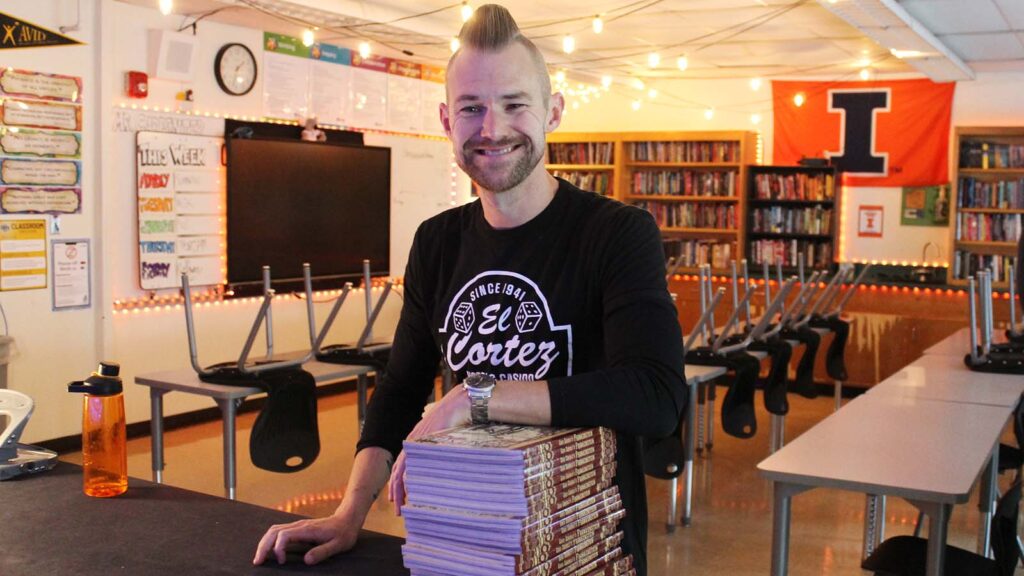

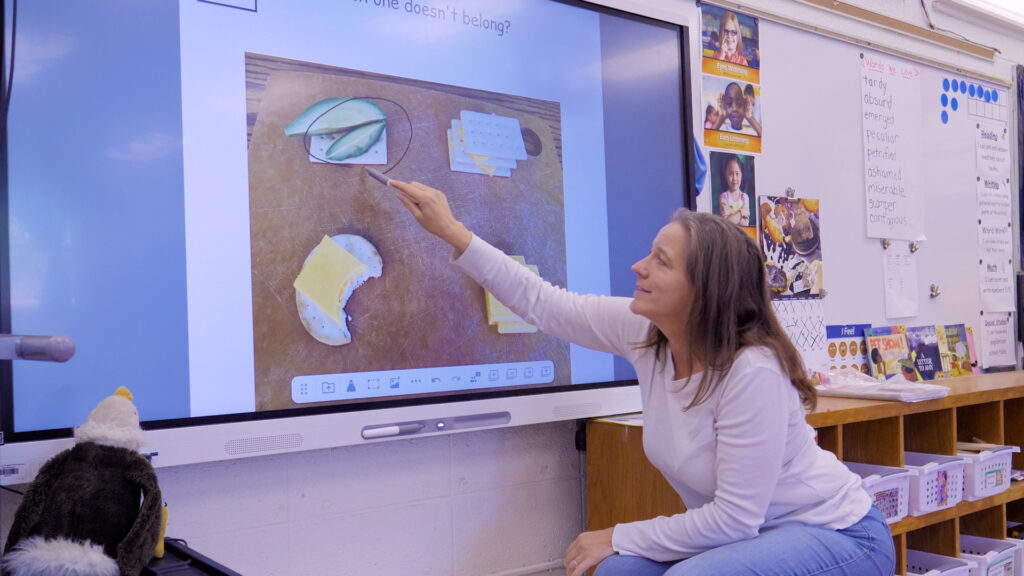
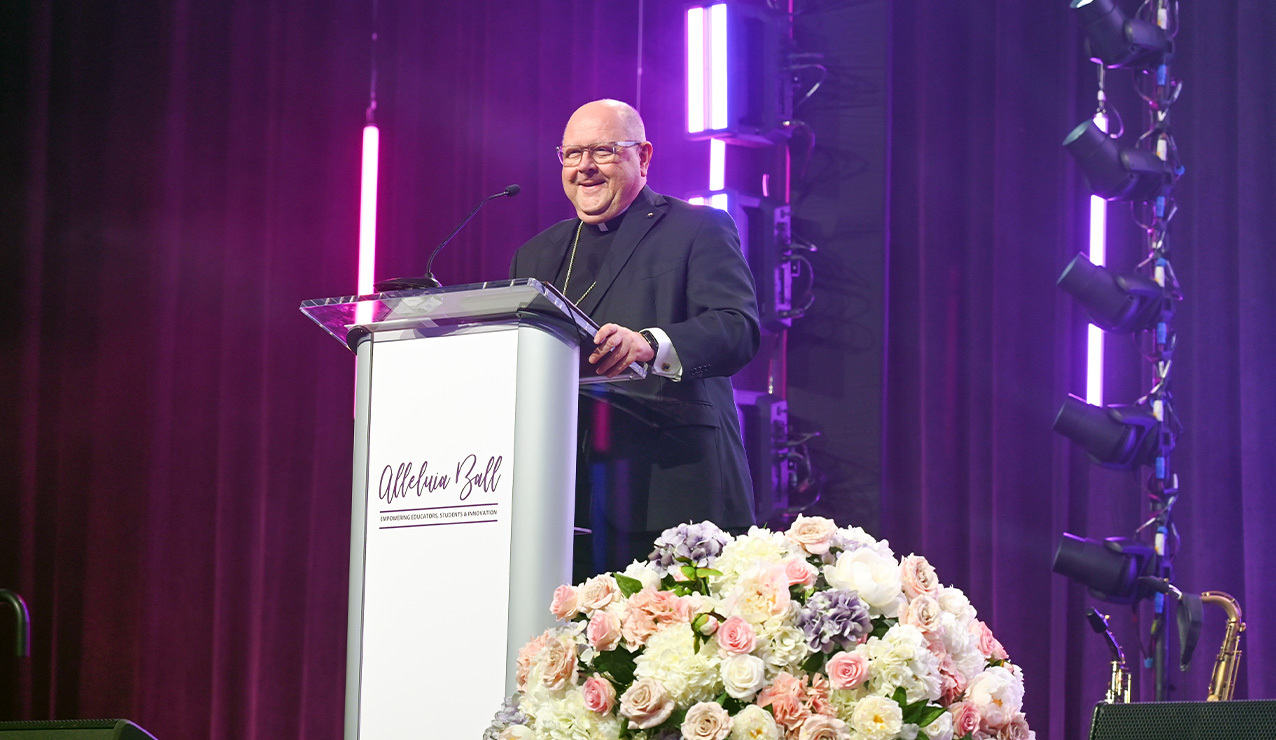

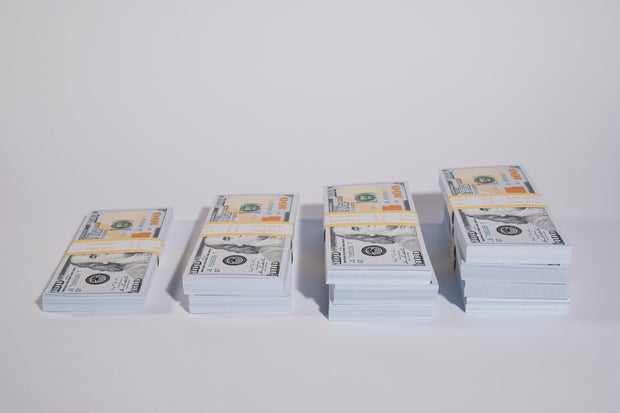















_1.png?#)

